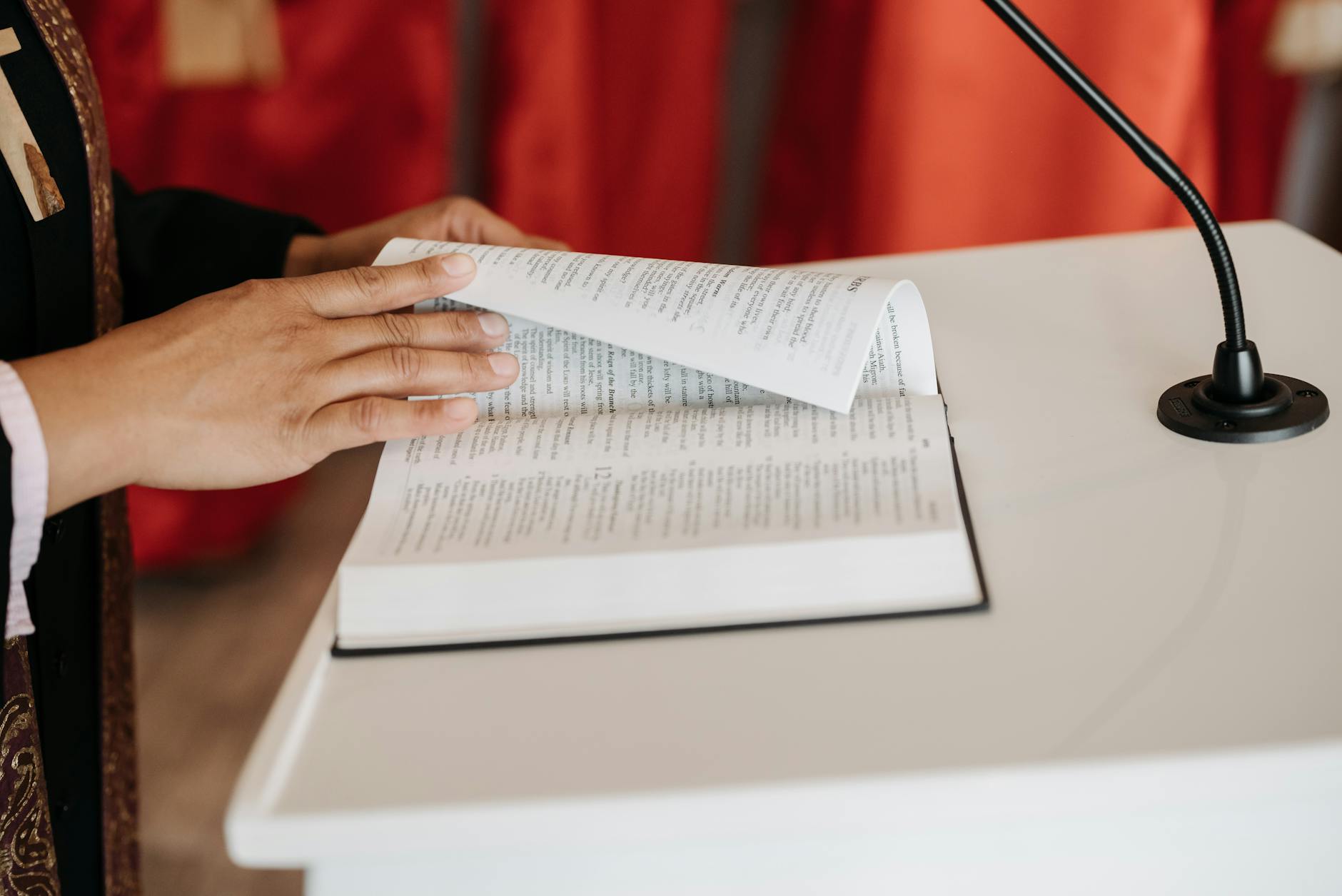Figuring out charger you should get at home is pretty complicated and if you want to charge from a variety of different locations away from home at grandmothers or at a shop, this is even more confusing. There are three steps: a) figure out the maximum intake rates of your car and then b) get the right charger if you do not have a Tesla, and c) get the right plugs.
Acceptance Rates and Car Input
Ok the first thing is to figure out what your car can actually handle. This is a complicated subject because there are actually two major modes:
DC Fast Charging
This means 400V and up direct current input, in this case, you are basically connecting the battery directly to the charging system and it is something that only happens at a commercial location. The other difference is that cars have their own internal AC to DC convertor (just like a laptop), but in DC charging, it bypasses it and charges the battery directly. Each car has a different standard for doing this:
- Tesla. They have a proprietary connector and most Superchargers v1 are 120Kw maximum and Superchargers v2 at 145Kw with an upcoming v3 at 800V allowing up to 500kW (whew). This is however limited by software in current Teslas to 120Kw (1.2 * capacity of 100kWh). There is a further limit to maximize battery life In the car although typically it is more like 90Kw.
- Finally, this is a peak rate with only an empty battery, so it declines very quickly as you get to full, still even the “slow 90Kw” isn’t too bad, you get about 50kWh or about a half charge in 30 minutes with an empty battery.
- Now in fact, if you drive a battery pack that hard, you will reduce it’s life and also as the battery gets full, the charge rate declines, so that you only get this with a very empty battery. This by the way is for the older Tesla 18650 battery, the new Model 3 and late model 2017 will use the Tesla 2170 cell. Even after 50 charges like this at full rate, you can see battery life decline, so it’s a real problem.
Now for a car like the Bolt, they use something called CCS Combo, this basically means that below the 240V Jedec J1772 connecter, there is a direct current plug that handles 400Vs. There are a blizzard of other standards here, but basically, the Japanese are using CHAdeMO for fast charging (Leaf, Nissan,…) while Americans and Europeans are using CCS. These things are way uglier than the Tesla because they dedicate on circuit for AC charging (the JEDEC J1772) and one for DC. Tesla uses software to control this.
- CHAdeMO. Thee are 40-60kW chargers at 400V that are designed to get the older 80-100 miles Nissan Leaf to 80% charge in 30 minutes.
- CCS or Combined Charging System. These are 50kW in the field with 100kW on the horizon. The Bolt has an 80kW maximum input. It is rated to get 90 miles of charge or 22.5kWh or charge from a depleted battery.
240V Level 2 or 120V Level 1 AC Charging
This is the most confusing thing in that this is actually using the AC-to-DC converter in the car and there is both 240 and 120V. You still have to buy an external box though which has protection and other circuitry in it costing $400. I’m not sure why 🙂
The main variable is called acceptance rate, the systems know how to switch between 120 and 240V (although the box itself might not), so there is a maximum amperage that a car can handle for “home” charging called acceptance rate by Clipper Creek. If you stare at the eye chart and the first column here is what you can learn and this tells you the minimum current (this is what the plug says and is the peak, for sustained, you need to make a number that is 80% of the maximum)
- BMW i3. 7.4kW which translates into 7,400/240=31 Amps or 40A plug or 14-50P plug
- Chevy Bolt. 7.2kW or 30 Amps maximum so need a 40A circuit or above. A good choice is the 50 amp 14-50P plug such as the Clipper Creek HCS-50P for $660 at Amazon or the JuiceBox Pro 40 at $620 which include Wifi connection and an application too.
- 2017 Nissan Leaf SL and SV. 6.6kW or 27.5 Amps or 35A circuit such as a 14-50P plug
- Tesla Model S 100 Single 9.6kW or 40 Amps or 50A circuit with a 14-50P plug
- Tesla Model S 100 Dual 19.2kW or 80 Amps or 100 A circuit cannot use a plug, needs a hardwired charger
- Tesla Model X 100 Standard 11.5kW or 48 Amps or 60A circuit such as the 14-60P although this will need an adapter plug to work (see below)
Plugs Galore
Man there are just too many different standards for plugs in the world. As soon as you leave the world of regular plugs (in the US, these little things are called NEMA 5-20P). The decoder ring btw is, so for instance a NEMA 14-50P means:
- First digit 5, 6, 10, 14…. indicates a family of plugs, typically, they are pretty much the same but have different amperages and voltages. NEMA 5 is 120V and is the usual outlet in the US. NEMA 6, 10 and 14 are typically 240V. The NEMA 14 family is a big one and they are intentionally incompatible by making the neutral pin different shapes, so you don’t burn things out.
- The maximum amperage that they can carry, is in the second digit, so 20 means 20 Amps, etc. Normally this is the peak rate, so for sustained carrying, you take 20% off, so a 14-50P for instance should only carry 40 amps at most.
- P for plug and R for receptacle, it’s important to get the right gender for your plugs.
So what does it all mean, well, it turns out that each manufacturer gives you a very different set of charging:
Tesla
The Tesla comes with a charger which has a bunch of adapters that have at their ends a Tesla proprietary plug and then a:
- 14-50P. This is a plug for the 14-50R that is normally used for RV parks and so forth. It is the recommended charging solution in homes as you just need a plug. It charges at 40 amps
- 5-20P. This is the normal 120V system and it seems to dynamically figure out how much to draw.
- Jedec J1772. This actually plugs into the car and allows any Jedec 1772 connector to work. One implication of this is that you could get any of the Jedec 1772 chargers noted above and use it or use it at non-Tesla charging stations.
So what are the key adapters to get based on the 14-50P that is on the end of the Tesla. I’ not clear how it deals with the amperage issues, but here are the solutions:
One important optimization that the folks at EVSE Adapter have figure out is that if you have an EV charger that does not use the fourth “neutral” pin, you can eliminate it and then you can just use the top there three current carrying pins, so one adapter can work for 14-30P, 14-50P and 14-60P for $55 as long as you make sure your charger is smart enough not to over demand. The most interesting is the 14-30P as it handles the other common circuit.
If you do not like the idea of not using the neutral, you can get a “full” connector for the future. So for instance AC Works has a 14-50R to 14-30P adapter for $50 or the 14-50R to 10-30P. This is a common dryer circuit connection.
There are also a blizzard of non-locking (no L) and locking connectors (with an L) that you find in marinas and some RV locations, but they include ones made by AC Works on Amazon of by EVSE Adapters that work with Tesla. You could go broke buying all of these, so you should figure out what you have at home (or a frequent spot like grandma’s house) and buy that connector.
- 50 foot 14-50R to 14-50P extension cord. Because it is so hard to get to the right spot, this is huge and heavy, but that’s why Teslas have a frunk :-). $149. EVSE
- 5-15P. Not sure you would ever need this unless you lose the Tesla little connector, but this connects from 14-50R to a standard US wall outlet with 15 amp maximum, 12A continuous. $49 EVSE
- 10-30P. Three prong dryer plug. Older style dryers. EVSE $55
- 10-50P. Older style ovens. EVSE $55
- 14-30P. Four front dryer plug. This one has a 45 angle pin
- 14-50P. The base has a 50 amp and a vertical neutral pin
- 14-60P. 60 amps, not the 14 series are all the same except for the lower pin which is used to make sure you don’t plug the wrong things in. This one has a horizontal pin
- 14-30P/14-50P/14-60P. This removes the neutral wire and thus you can use another of these, but you must use with a charge like the Tesla which manages current otherwise you will blow a fuse or worse. The 14-60P is pretty rare, so if you only think you might use a 14-30P, then better to just get that dedicated plug and not risk issues with non-Tesla chargers. EVSE. $55
- L14-20P. Backup generators and audio power amps. EVSE $55.
- L14-30P. Twist lock for backup generators and audio apps. EVSE. $55.
- 6-20P. Hotel room air conditioner outlet 240V/20A. $55 EVSE
- 6-30P. Electric welders and some EV stations. EVSE $55
- 6-50P. Welder plug and some EV stations. EVSE $5
- L6-20P. Locking plug. Industrial equipment and eaf charging using Quick220. Or use the 5-20 instead and then current is set automatically. $55. EVSE
- L6-30P. Locking plug fo industrial equipment. $55 EVSE
- CS6364, CS6365,CS6369,CS6375. Thee are marine 50 amp twist locks. EVSE $85.
- TT-30. These look like 10-30P but are 120V at 30 Amps in RV Campgrounds. EVSE. $55
Bolt EV
Ok the first thing is that included charger with the Bolt is only 120V and not 240V, so if you want an reasonable charging (unlike the Tesla), you need to get a 240V charger:
- It comes with just a 120V maximum charger with a NEMA 5-20P and then a Jedec J1772 plug that goes into your Bolt, so you just use it to “trickle” charge from a normal adapter. You have to manually set it for 8A or 12A (960W or 1.4kW) so remember to do that in the car or with the Bolt mobile application
- The enterprising folks at EVSE figured out this was silly (whatever happened to universal input 120-240V as in normal consumer electronics), so for $199, you will mail your charger in and get back a 240V capable one. It isn’t clear what amperage is supported, but since it says charge in half the time, I’m guessing, it is a 12A charger that works at 240V so you get 1.4Kw maximum at 120V and 2.8Kw at 240V, so not quite as good as dedicated chargers. And you are modifying an existing charger.
- EVSE has a configurable charger for $350 with different You have to be super careful though, you basically shake the thing and set the amperage that you want to draw, 12A, 16A, 20A or 32A. Basically you are defeating the safety check that the plug sizes give you, so caveat emptor! Personally, it seems like way too risky to me as I’m forgetful but it also comes with a universal 14-30,-50 and -60 plug so you can use any of the Tesla accessories above. Theoretically the most that will happen is that the circuit breaker will trip and this is definitely the power user’s device. As an aside, the maximum would then be a 32A into 14-50P so you would get 32A x 240V = 7.7Kw which is the maximum intake of a Bolt anyway (the Tesla maximum is 11Kw or 45A or normally but you can get 17Kw aka 72A)
- NEMA 14-30P Charger. You can buy a new $500 240V EV Charger and this comes with it’s own limit and dedicated plug, in this case you are more limited, but you shouldn’t kill any circuits. As an example, a 24 Amp 240 EV Charger with a NEMA 14-30P will mate with a NEMA 14-30R that is typically installed for dryers in homes. This will give you 24×240=5.8KW so not close to 7.7Kw
- NEMA 14-50P Charger. This will give you the 32A maximum you want for a Bolt EV. It can supply 40A, but the bolt maximum intake is 7.2Kw
So what adapters should you get:
- If you have gotten a 24





